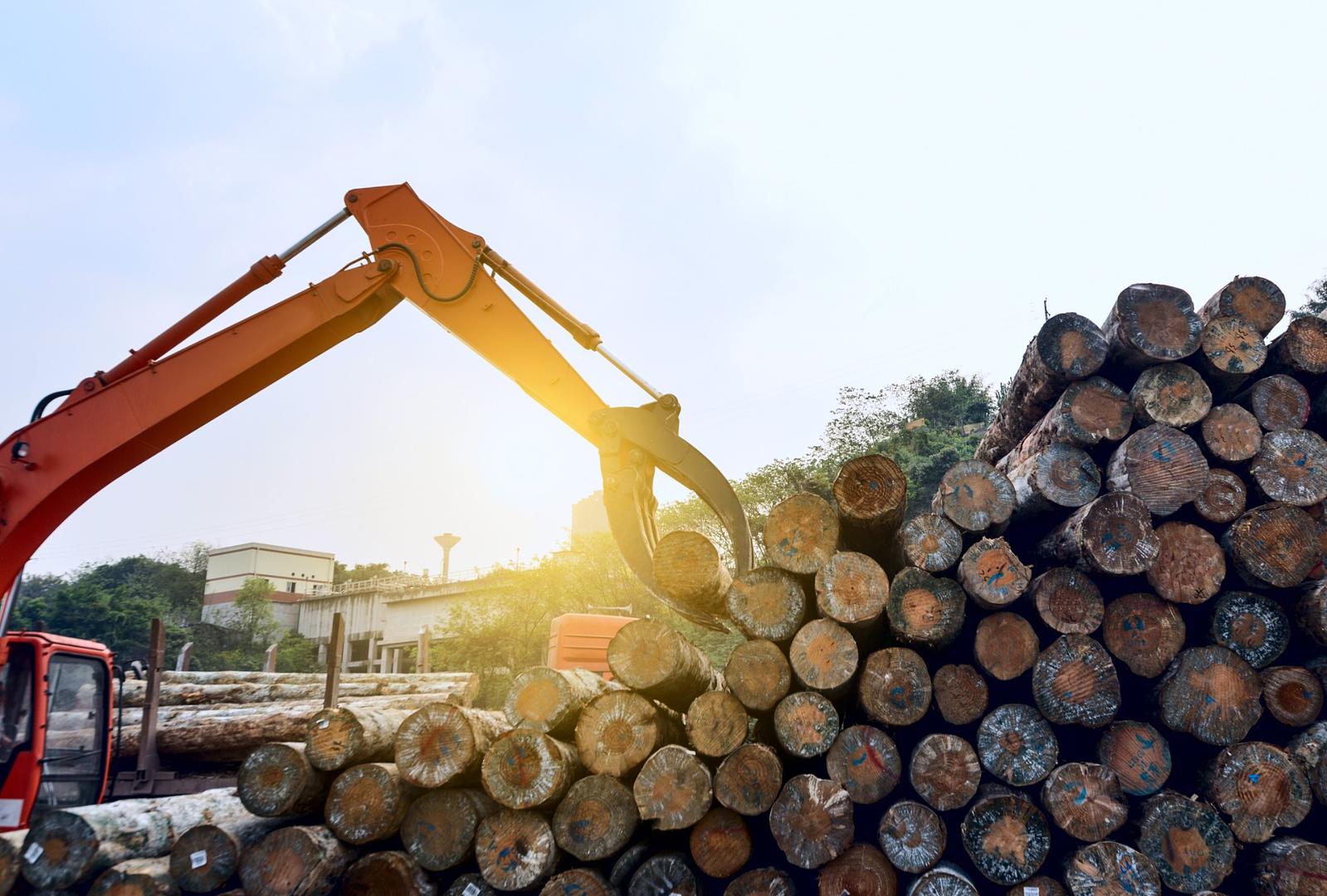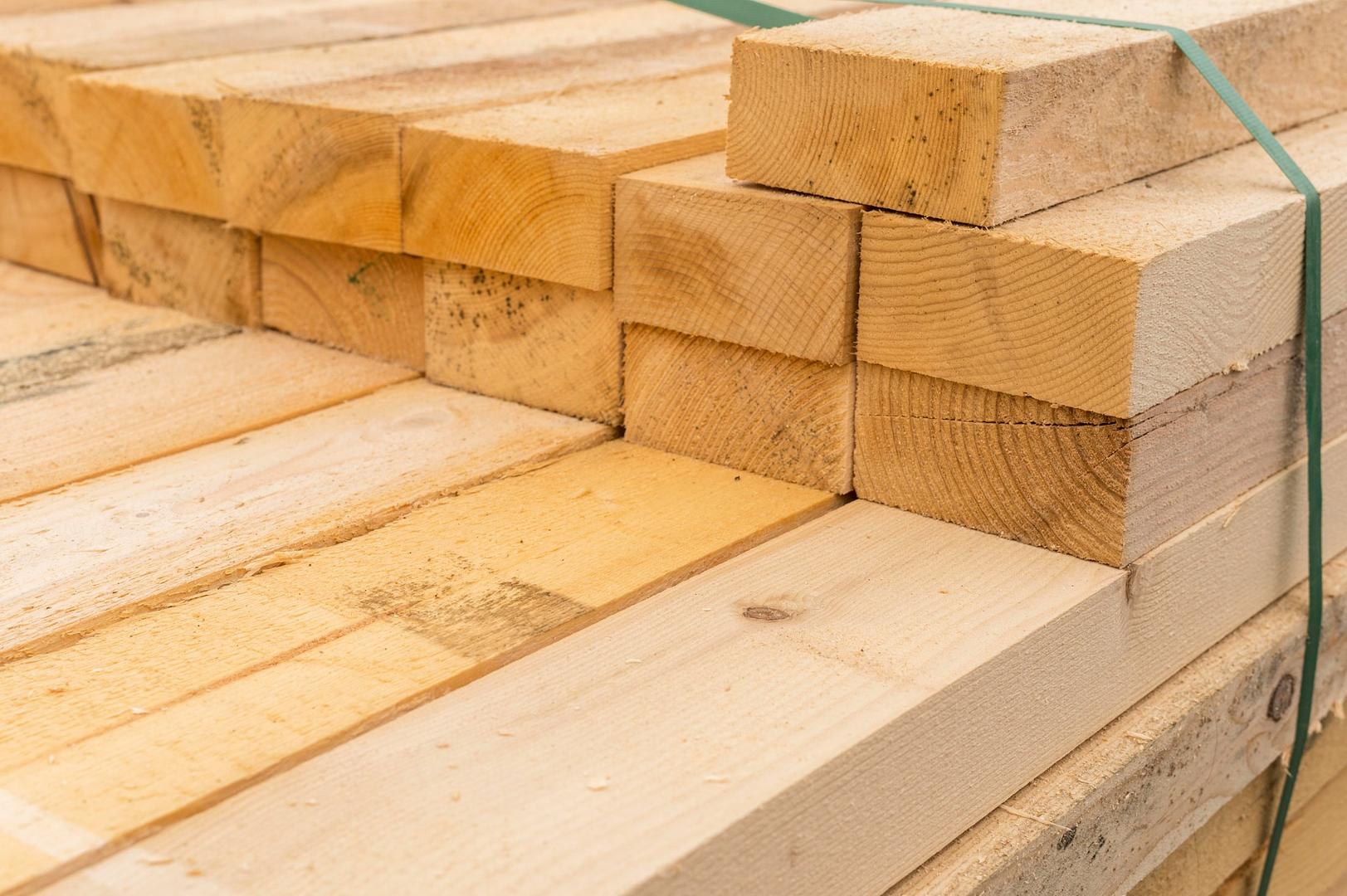Menu
By Wayne Nisley
In many sawmills across the country, a surprising amount of time is still lost to the simplest of tasks—moving material from one point to another. Whether it’s logs stacked at the far end of the yard or finished boards waiting for a forklift, poor material flow is one of the most common and costly bottlenecks in mill operations.
It’s not just about speed—it’s about timing, labor, and keeping your crew productive. When a sawyer has to step away from their post to unclog a belt or help reload the deck, you’re paying for downtime twice: once in lost output and again in diverted labor. Smart material handling helps reduce these interruptions, streamline throughput, and make better use of the machines and manpower you already have.
Let’s walk through some of the key systems that can make a difference:
The Infeed: Where It All Begins
A well-designed infeed system should be more than just a place to dump logs—it should regulate flow and reduce idle time between cuts. A log deck with a live roll or chain feed ensures that logs are always staged and ready without constant forklift attention. Operators can stay focused on production instead of waiting for their next log.
Log Decks and Conveyors: The Backbone of Flow
Gravity decks are simple and effective, but motorized log decks take it a step further by allowing you to regulate speed and spacing. Combined with sharp chains and/or log troughs, they maintain consistent feed into the mill, reducing stress on your saw and your crew.
Belt or chain conveyors carry the material from cut to stack, saving countless steps in manual handling. Flat belts are excellent for edgings and slabs, while drag chains can manage heavier or wetter lumber. Whether electric or diesel-powered, the goal is the same: keep wood moving and people working.


Stackers and Sorting Lines: Automation That Pays for Itself
Lumber stackers aren’t just for big operations anymore. Compact automatic stackers or semi-automatic pack-off systems are now more affordable and often available used. By replacing a two- or three-person team with one operator and a machine, stackers can pay for themselves in a matter of months—especially in pallet mills or resaw operations where volume is high and margins are tight.
Sorting lines with drop gates, kickers, or pneumatic diverters help organize boards by size or grade with minimal handling. When paired with a barcode scanner or tally system, you can track production more accurately and reduce mis-sorts that cost you time and money.
Forklifts and Yard Flow: Think Like a Dispatcher
One of the most overlooked areas is the mill yard itself. Forklifts waiting in line to unload, or traveling across the yard empty, are signs of a broken flow. Clear signage, designated staging areas, and efficient loading routines can shave hours off daily operations. In larger operations, even a simple dry-erase dispatch board in the forklift shed can help drivers coordinate movements and reduce back-and-forth trips.
Listen to the People in the Flow
One of the most valuable sources of insight in any mill is your crew. The people feeding the deck, clearing jams, or stacking lumber day in and day out usually know exactly where things get bogged down. Taking time to ask for their input—or better yet, walk the floor with them—can reveal simple fixes that make a big difference. Whether it’s a guard that always gets in the way or a conveyor that runs too fast to keep up, your team can often point out the small inefficiencies that add up over time.
Start Small, Scale Smart
You don’t need to overhaul your entire system to see results. In fact, many mills start with just one upgraded conveyor or a rebuilt log deck—and see an immediate improvement in both output and employee morale. When material handling is smooth and predictable, it takes stress off your saws, your crew, and your bottom line.
And if you're not sure where to begin, Showcase Equipment offers consulting services to help you evaluate your layout and workflow. Sometimes it just takes a fresh set of eyes to spot the chokepoints you’ve been stepping over for years.
Maintaining the Systems That Move the Wood
Even the best-designed handling systems won’t stay efficient if they’re not maintained. Loose chains, worn bearings, or misaligned rollers can slow down production just as much as poor layout. Build routine checks into your weekly schedule—tighten what’s loose, grease what moves, and keep an eye out for small problems before they become major shutdowns. A well-maintained conveyor or deck doesn’t just run better—it lasts longer and gives you a better return on your investment.
Conclusion
Material handling may not be as flashy as a new headrig or resaw, but it’s the glue that holds your entire operation together. Reducing manual labor and downtime isn’t just about automation—it’s about designing your mill to work smarter, not harder.

